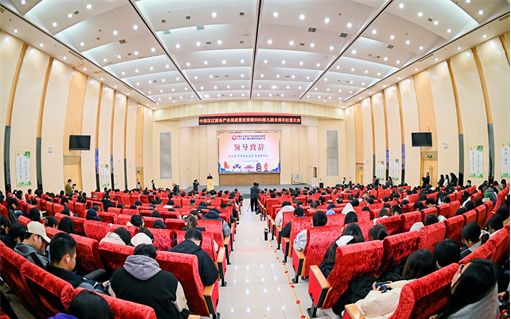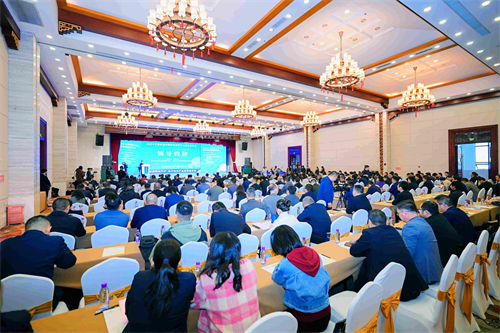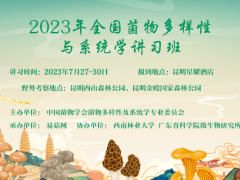
We tend to think of July mostly by its weather. Not only is this summer month the hottest in the Northland, it is also the time of thunderstorms and frequently, we get hard rains accompanied by strong winds.
But as it is in nature, July is the time of many other happenings as well. The bird songs that were so prevalent throughout June have now largely silenced. The birds that used vocals to declare their territories earlier do not need to do so now. Within the nests of songbirds this summer, the eggs hatched to become nestlings and with much feeding, the fledglings are out of the nests.
Songs for territorial ownership are no longer needed by this in July. But the birds are still with us and instead of songs; they feed and travel in family units in the summer woods.
Also in our yards and gardens, we see a wide diversity of butterflies and dragonflies. Other insects such as grasshoppers and crickets continue to grow as do the spiders; more and larger webs appear as we go into midsummer.
After the blossoms and flowers of May, we now see berries of many of these plants in July. During my walks at this time, I often find several ripe berries at the edge of the woods. On the ground are the tiny strawberries. Branches of the small shrub of fly honeysuckle hold pairs of berries, also red.
But the biggest and most obvious clusters of berries, again red, in early July, are those of the red elderberries. All of these get discovered by feeding birds and small mammals and they don't last long.
Stepping into the woods now, I walk in the shade under the leafy trees. Not many flowers, but the forest floor is filled with thick green ferns. As I walk, I look among the downed logs and tree trunks and I see that the fungal season has begun.
As we continue to go through the warm, and often wet, days of summer, we will see a plethora of mushrooms and other fungi. And now, thanks to the rains and temperatures of the last few weeks, we are noting the beginning of these strange growths.
Typical mushrooms are umbrella shaped with caps that can be of a variety of colors. Though these shapes are most common, fungi are extremely diverse and with some looking now in the woods, I find a common fungus that grows in shape more like that of small tree or shrub.
Coral fungus — named because of a somewhat resemblance to oceanic coral — is a regular part of our July woods, nearly always one of the first fungi to be found here. They grow about 3 or 4 inches tall and I find them mostly on downed and decaying logs. Some, looking like clubs with no branches, are right on the ground.
Most are tan, gray or brown colors, but I have found some that are yellow, gold and even purple. Like a small tree, the main stem sticks up from this woody substrate and forms many branches going out in all directions.
Following them to the top, we can see tiny projections here that look like a miniature crown. And on this terminal site are the reproductive spores, similar to those of mushrooms.
Though coral fungi do not look much like mushrooms, they are related to them. We'll see many more mushrooms and other fungi as we go through summer and fall, but it starts now with coral fungus in early July.
Retired teacher Larry Weber is the author of several books, including "Butterflies of the North Woods," "Spiders of the North Woods," "Webwood" and "In a Patch of Goldenrods."
























